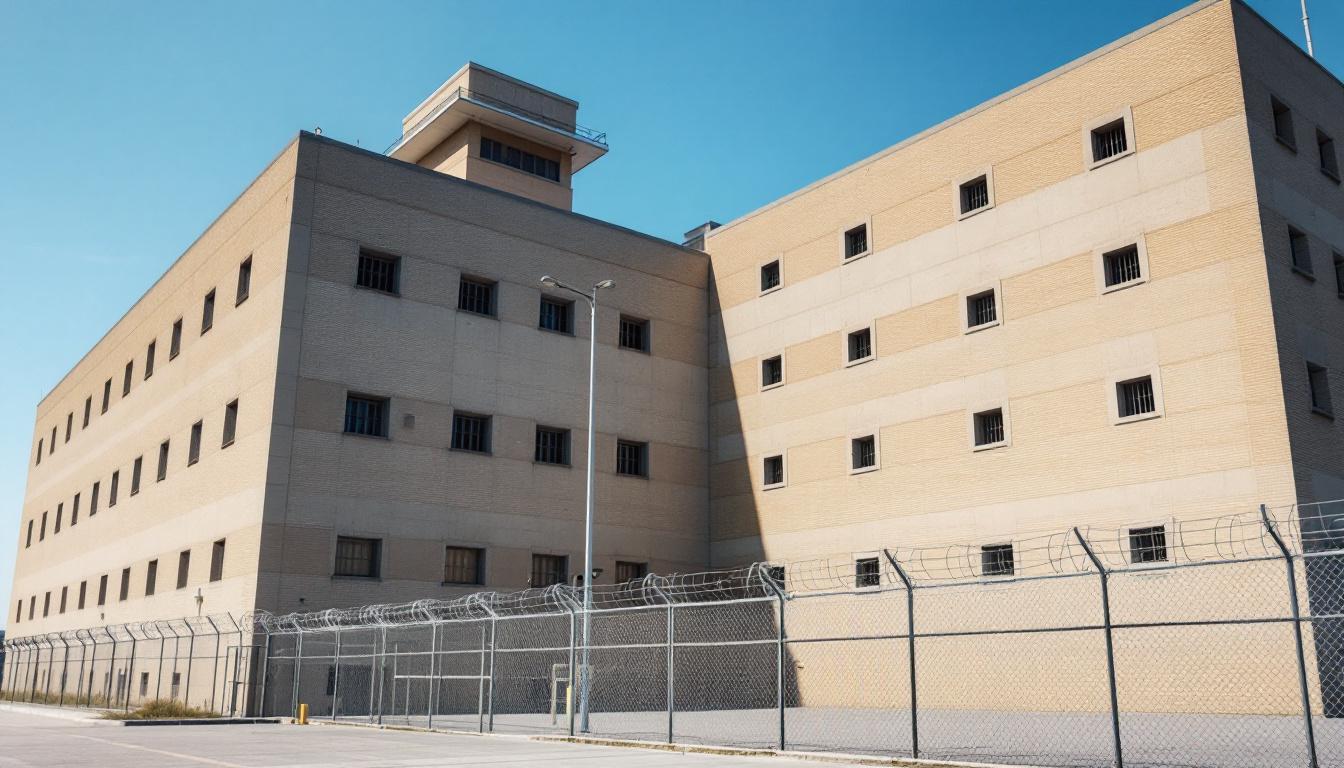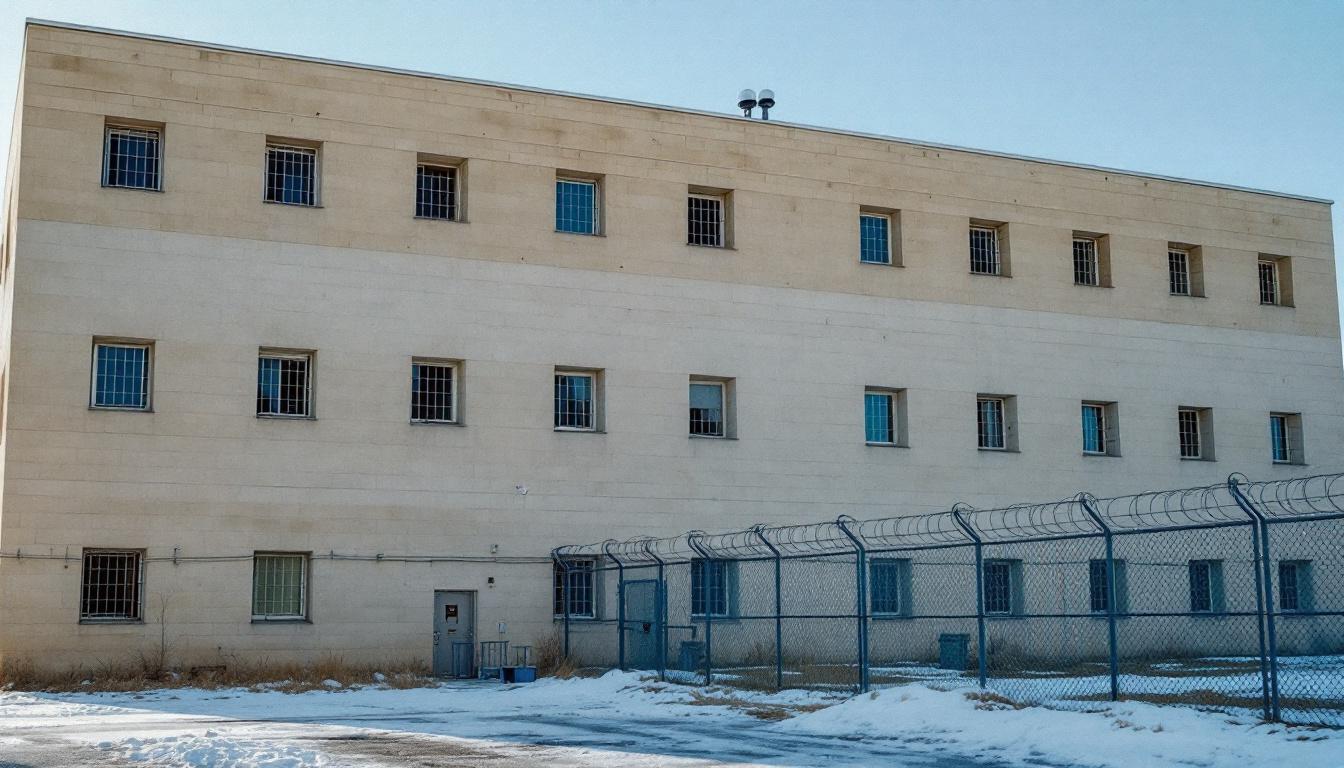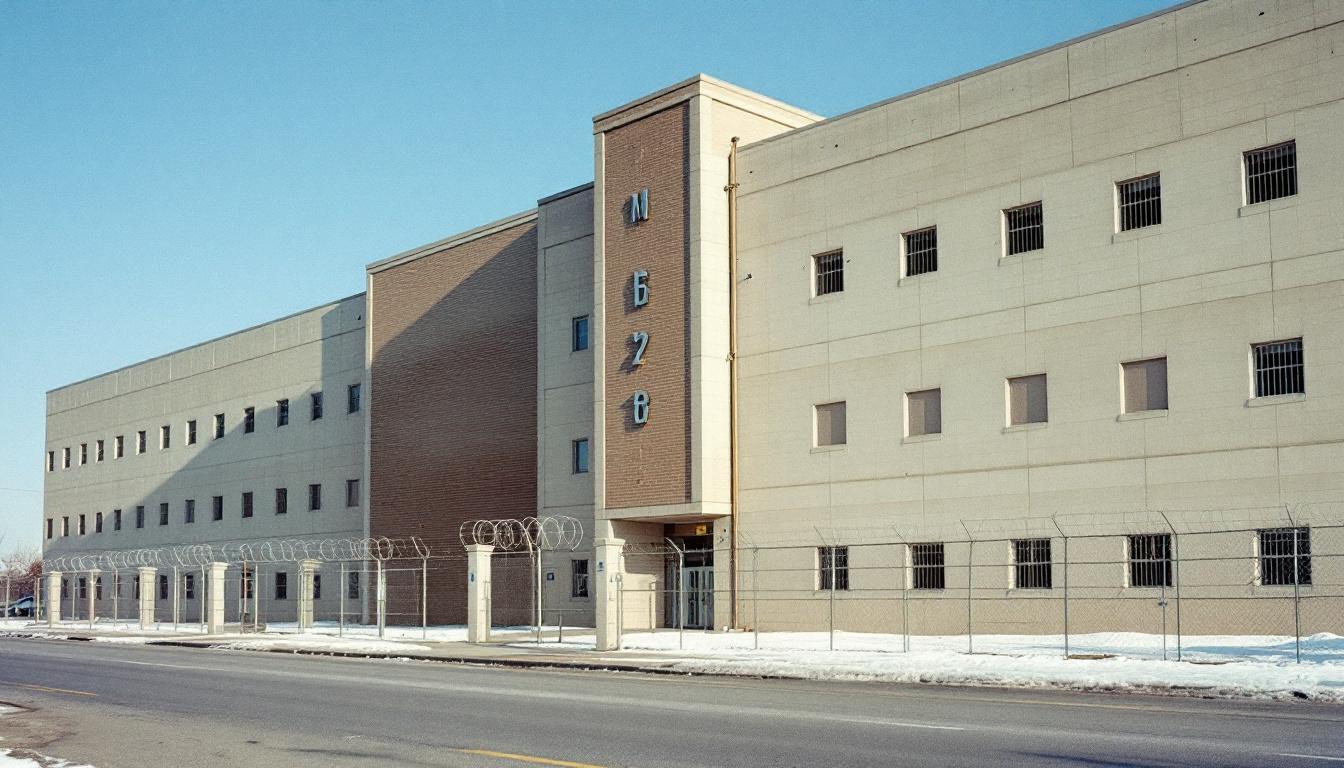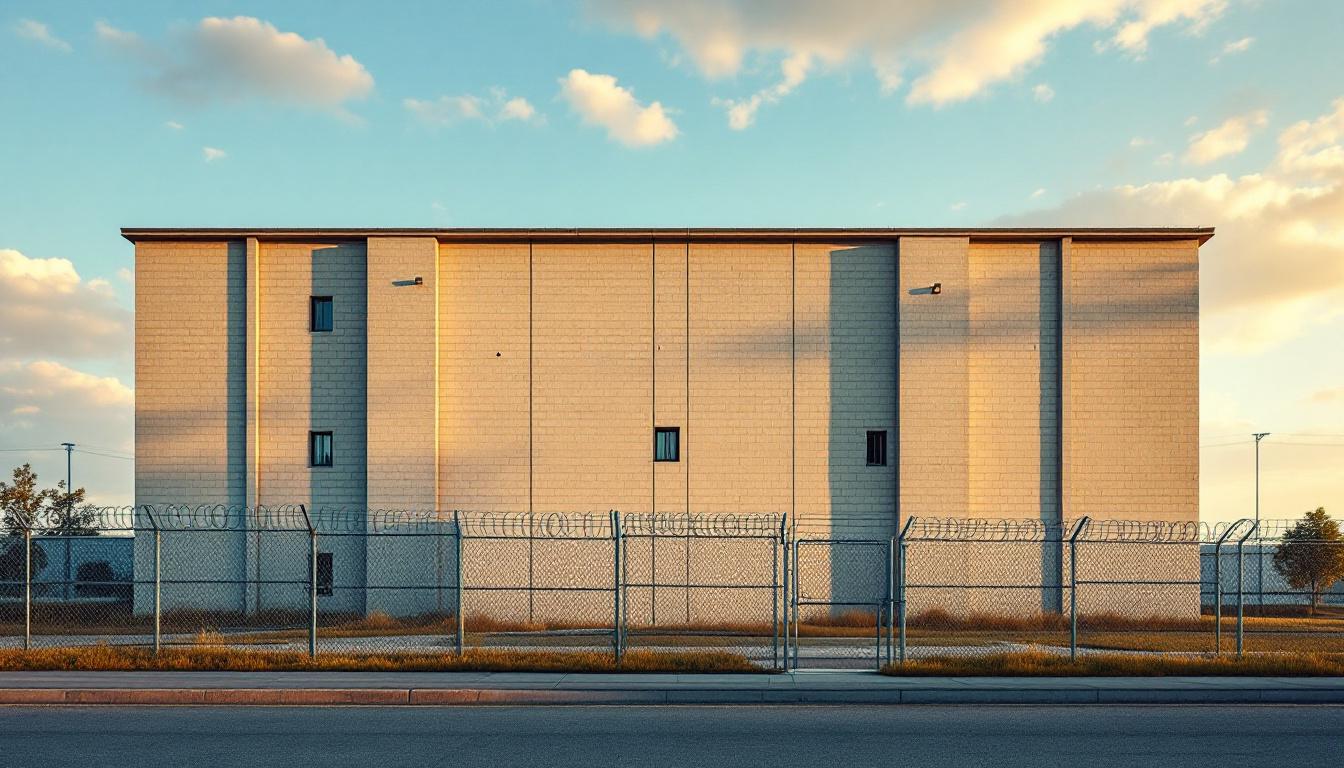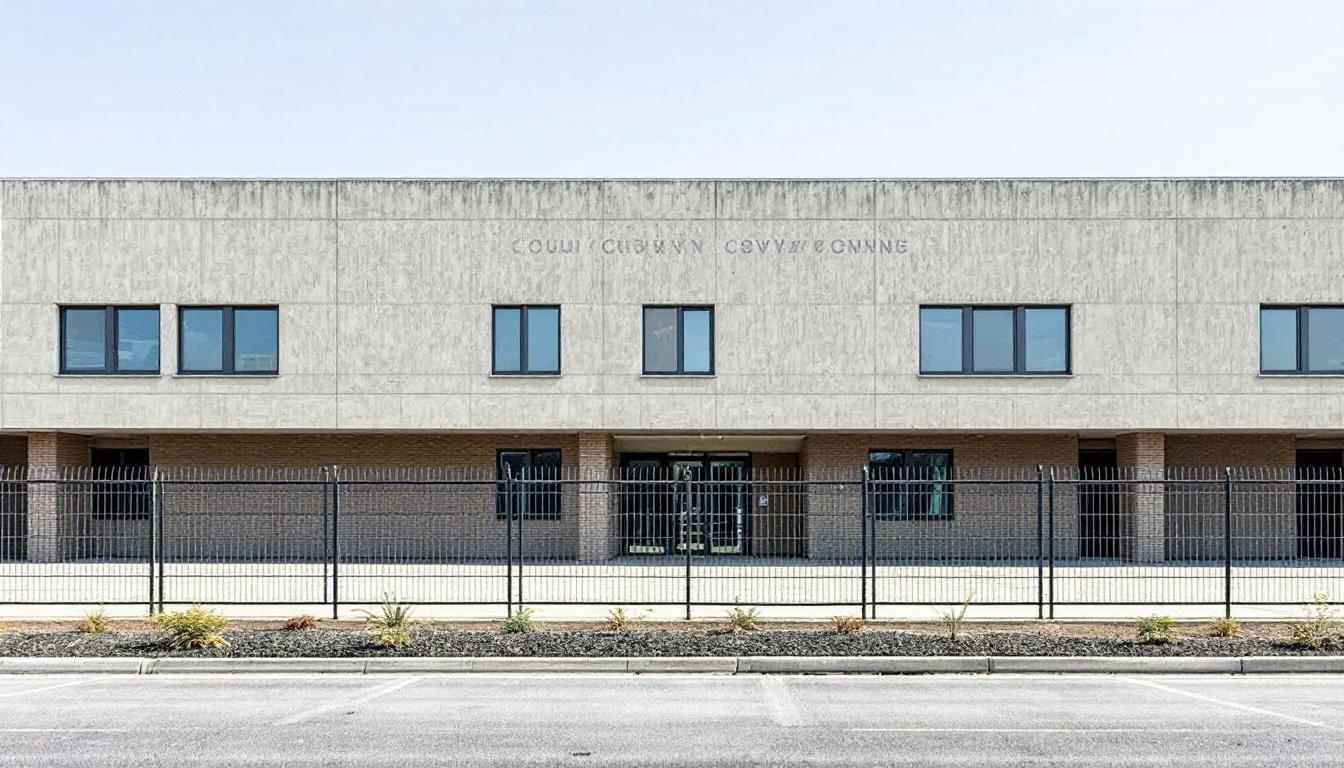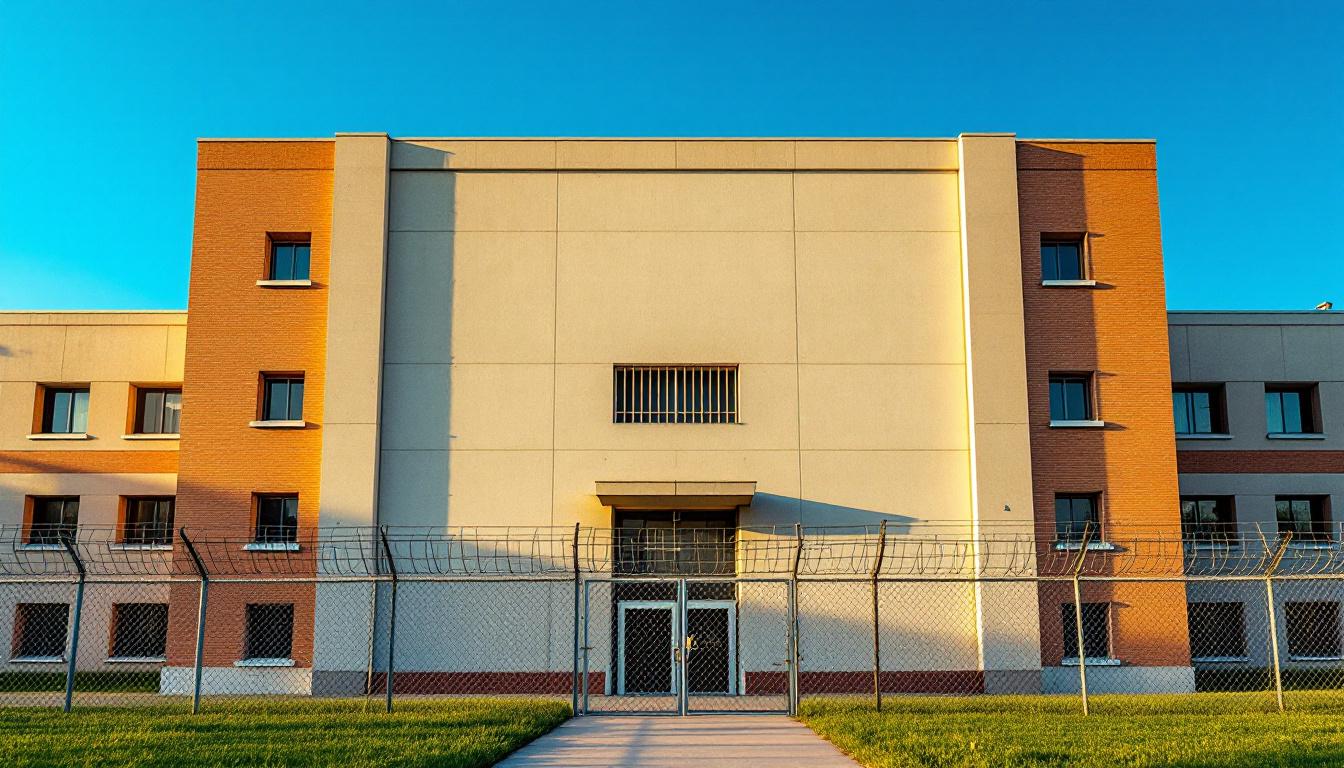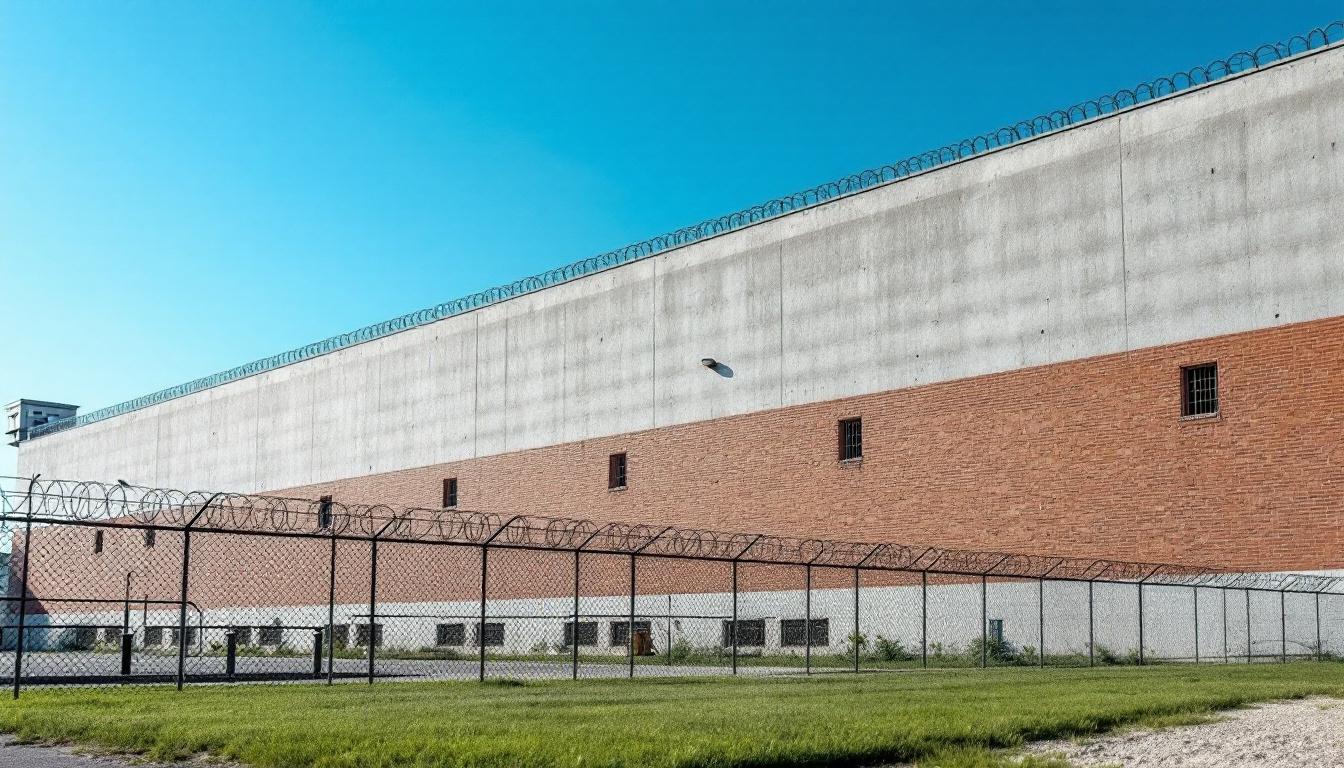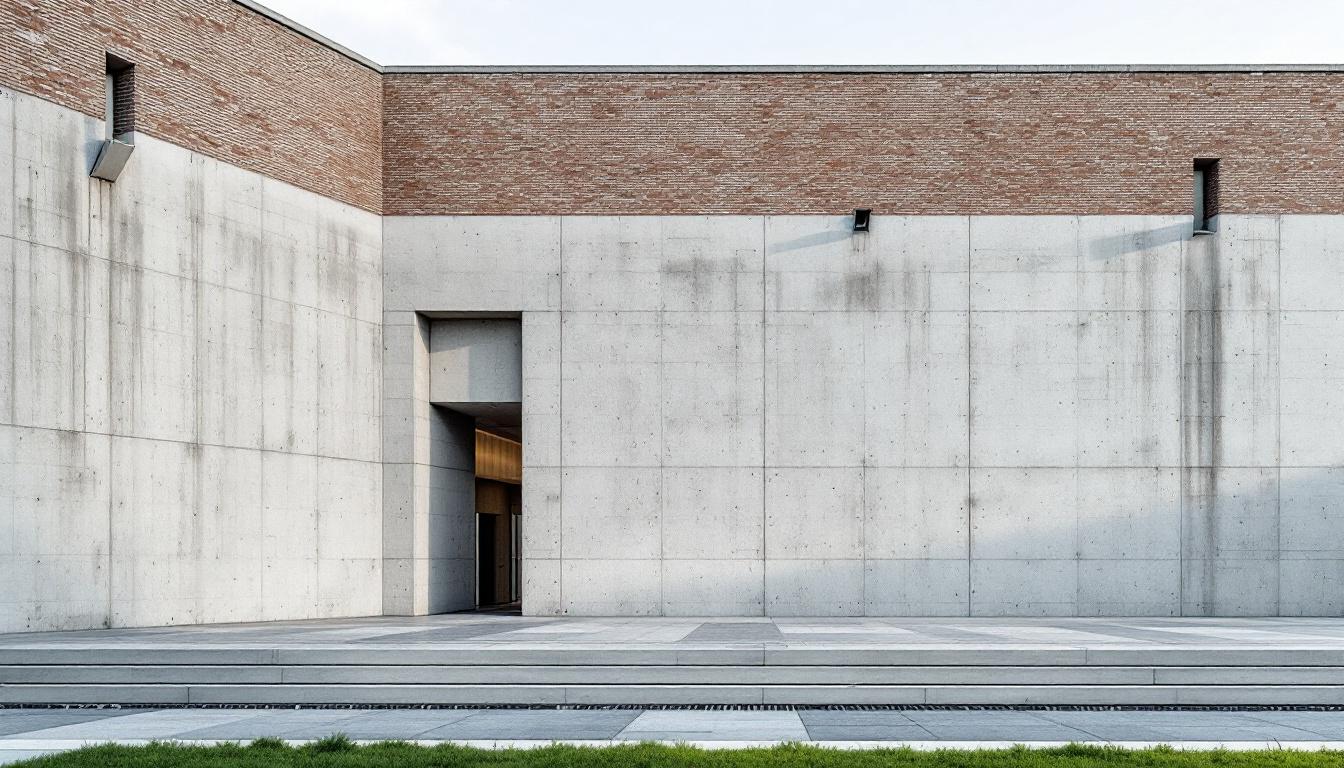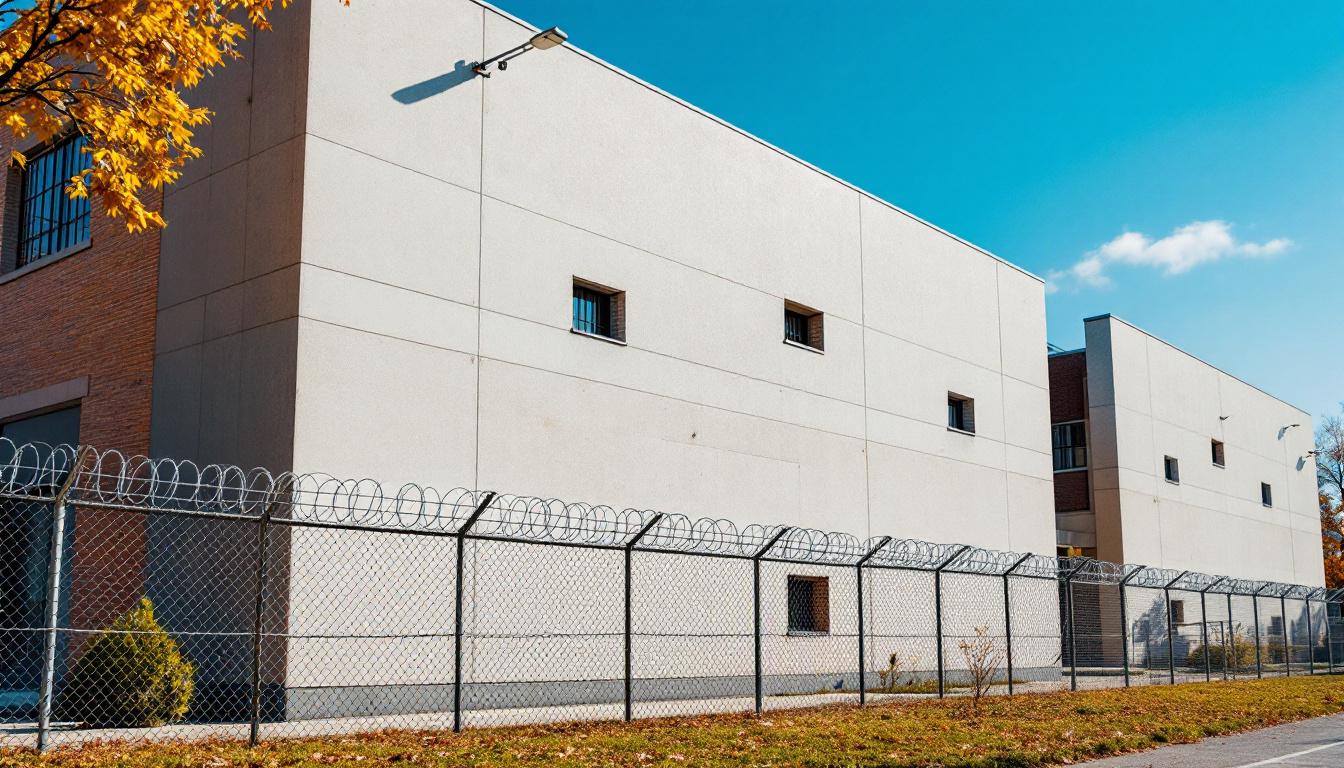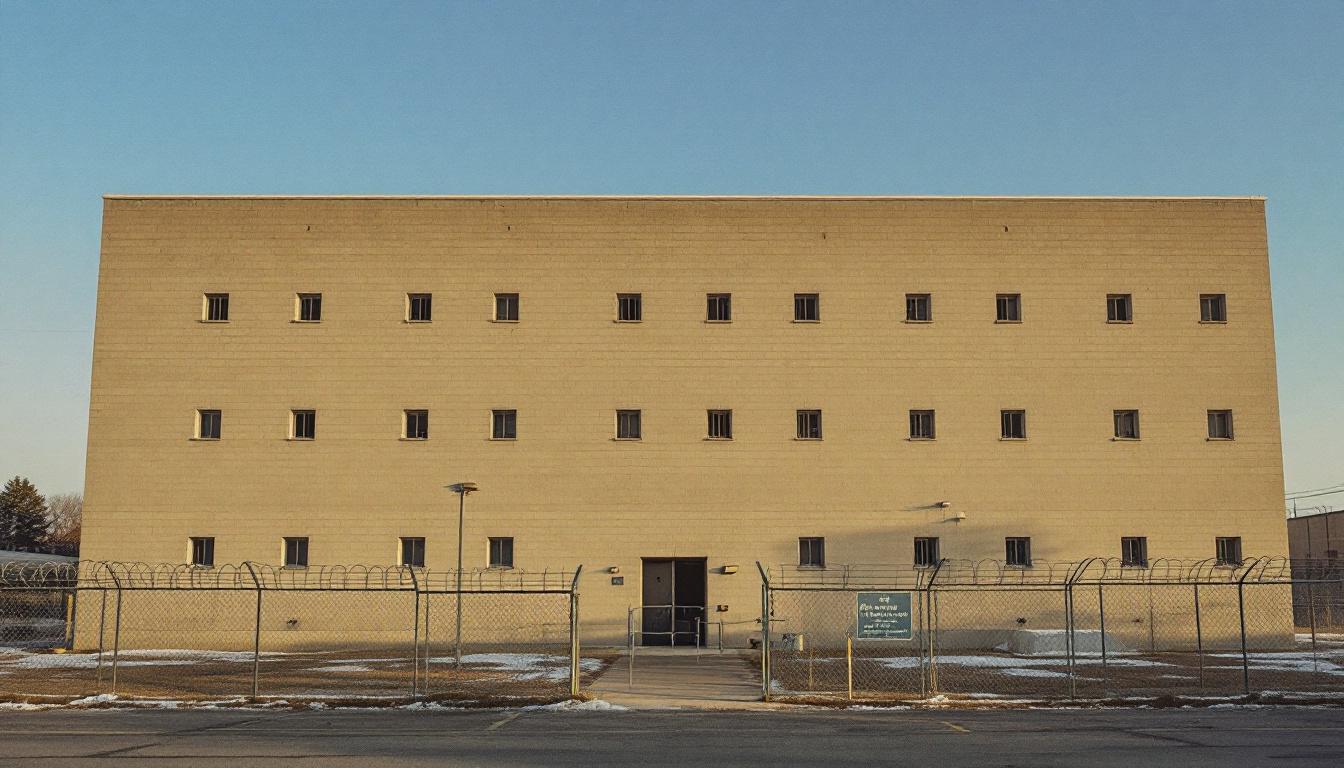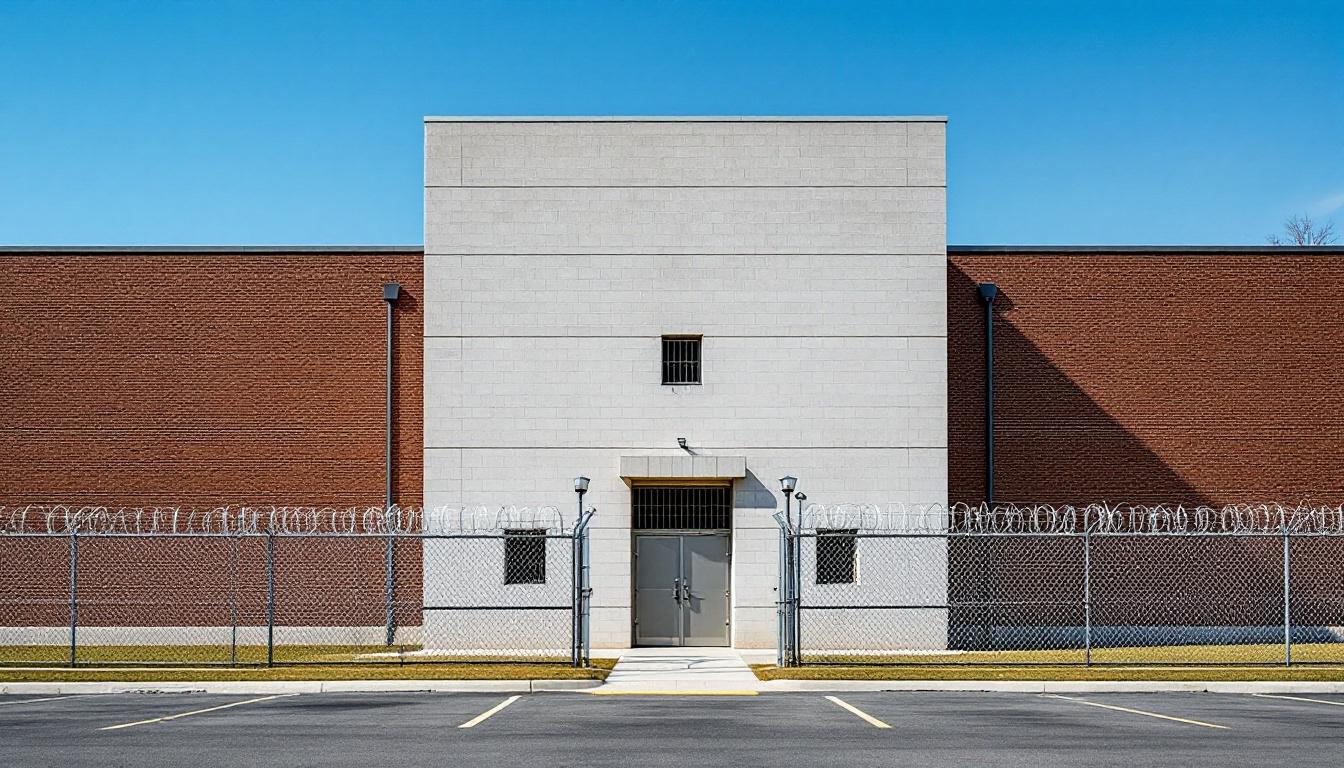
Quick Navigation
How to contact an inmate at Wood County Justice Center
This comprehensive guide will walk you through how to connect with an inmate at Wood County Justice Center. Follow the steps below to find an inmate and send letters and photos:
- Search for the inmate using our search tool below
- Create your account or log in to Penmate
- Write your message (up to 6,000 characters)
- Send instantly - inmates receive printed copies daily
Find an Inmate
Search for an inmate to start communicating today
Tip: You can search by first name, last name, or inmate ID number
To contact a person at Wood County Justice Center start by searching for the person on the official facility website. Perform a search by following these steps:
- Step 1: Enter their first name and last name into the search form and click "Search"
- Step 2: Locate their inmate record
- Step 3: Write down their Inmate ID and any housing information provided
Important! Be sure to enter the person's full name. Nicknames should not be used.
How to Send Messages to Inmates

You can use your phone or computer to send emails, letters, and photos to an inmate. Messages are sent electronically to inmate tablets or kiosks at the facility. If you would like to send a message, start by searching for an inmate at Wood County Justice Center.
Sending Photos and Postcards

A great way to send love and support to a loved one at Wood County Justice Center is to send photos and postcards. It only takes a few minutes to send photos from your phone and it makes a huge difference. You can also mail postcards with words of support and inspiration, or design your own postcard for special moments like birthdays and holidays.
Important! Be sure not to send any explicit photos or they may not be approved by the facility. You can also use a photo printing app like Penmate to make sure your photos are printed at the correct size (4x6 or 3x5) and are mailed according to the rules and regulations of Wood County Justice Center.
Frequently asked questions about Wood County Justice Center
-
How long does it take to deliver a message?
If you're sending an email message your letter is usually delivered within 24-48 hours. For messages sent via mail you should expect delivery within 3-7 days. All messages will need be approved by Wood County Justice Center.
-
How much does it cost to send a message to Wood County Justice Center?
You can send a message free using your phone or mail a message via USPS for the price of a $0.60 stamp and envelope. You can also purchase credits or e-stamps from services starting at $1.99.
-
What services can I use to contact an inmate at Wood County Justice Center?
Penmate
You can use Penmate to send letters and photos to an inmate from your phone. It's an easy way to stay in touch during your loved one's incarceration. Use the inmate locator to find an inmate's location and contact information, then you can send messages within a few minutes.
Securus messaging
Securus may be another option for communicating with an inmate at Wood County Justice Center. You can create a friends and family account and purchase credits to send messages. All messages will be reviewed and must be approved by the facility.
JPay
Some county jails and state prisons may support sending messages with JPay. You must register an account with the system, find your loved one, and purchase stamps to send messages. For some locations you can also attach photos.
Smart Jail Mail
You may also check if Smart Jail Mail is available at Wood County Justice Center. Smart Jail Mail is operated by Smart Communications and has contracted with some state and county jails. After purchasing credits, your messages and photos are sent to the facility, printed out, and then handed out to your loved one.
-
What is the mailing address of Wood County Justice Center?
Mailing address:
Wood County Justice Center
1960 E Gypsy Lane Rd
Bowling Green, OH 43402
Phone: (419) 354-7744Business hours:
- Monday: Open 24 hours
- Tuesday: Open 24 hours
- Wednesday: Open 24 hours
- Thursday: Open 24 hours
- Friday: Open 24 hours
- Saturday: Open 24 hours
- Sunday: Open 24 hours
-
What are the visiting hours at Wood County Justice Center?
Visiting hours at Wood County Justice Center vary by housing unit and security level. Generally, visits are scheduled on weekends and holidays, with some facilities offering weekday visits. Contact the facility directly at (419) 354-7744 or check their website for the current visiting schedule. Visits typically last 30-60 minutes and must be scheduled in advance.
-
What items are prohibited when sending mail to Wood County Justice Center?
Prohibited items typically include: cash, personal checks, stamps, stickers, glitter, glue, tape, staples, paperclips, polaroid photos, musical or blank greeting cards, hardcover books, magazines with staples, and any items containing metal or electronics. Only send letters on plain white paper with blue or black ink. Photos must be printed on regular photo paper (no Polaroids). Always check with Wood County Justice Center for their specific mail policies.
-
How do I send money to an inmate at Wood County Justice Center?
You can send money to an inmate at Wood County Justice Center through several methods: 1) Online using JPay, Access Corrections, or the facility's approved vendor, 2) Money orders mailed directly to the facility with the inmate's name and ID number, 3) Kiosks located in the facility lobby, or 4) Over the phone using a credit or debit card. Fees vary by method, typically ranging from $2.95 to $11.95 per transaction.
-
Can I schedule a video visit with an inmate at Wood County Justice Center?
Many facilities now offer video visitation as an alternative to in-person visits. At Wood County Justice Center, video visits may be available through services like Penmate, Securus Video Connect, GTL, or ICSolutions. Video visits typically cost $10-20 for 20-30 minutes and must be scheduled in advance. You'll need a computer or smartphone with a camera and reliable internet connection. Contact the facility for their specific video visitation policies and approved vendors.
-
What identification do I need to visit an inmate at Wood County Justice Center?
All visitors must present valid government-issued photo identification such as a driver's license, state ID, passport, or military ID. Minors must be accompanied by a parent or legal guardian who can provide the minor's birth certificate. Some facilities require visitors to be on the inmate's approved visitation list, which may require a background check. Contact Wood County Justice Center for specific ID requirements and visitor approval procedures.
-
How can I find out an inmate's release date?
To find an inmate's release date at Wood County Justice Center, you can: 1) Use the online inmate search tool if available, 2) Call the facility's records department, 3) Contact the inmate's case manager or counselor, or 4) Have the inmate provide this information during a call or visit. For privacy reasons, some facilities only release this information to immediate family members.
Facility Overview
Contact Information
Wood County Justice Center1960 E Gypsy Lane Rd
Bowling Green, OH 43402
Phone: (419) 354-7744
Official Website
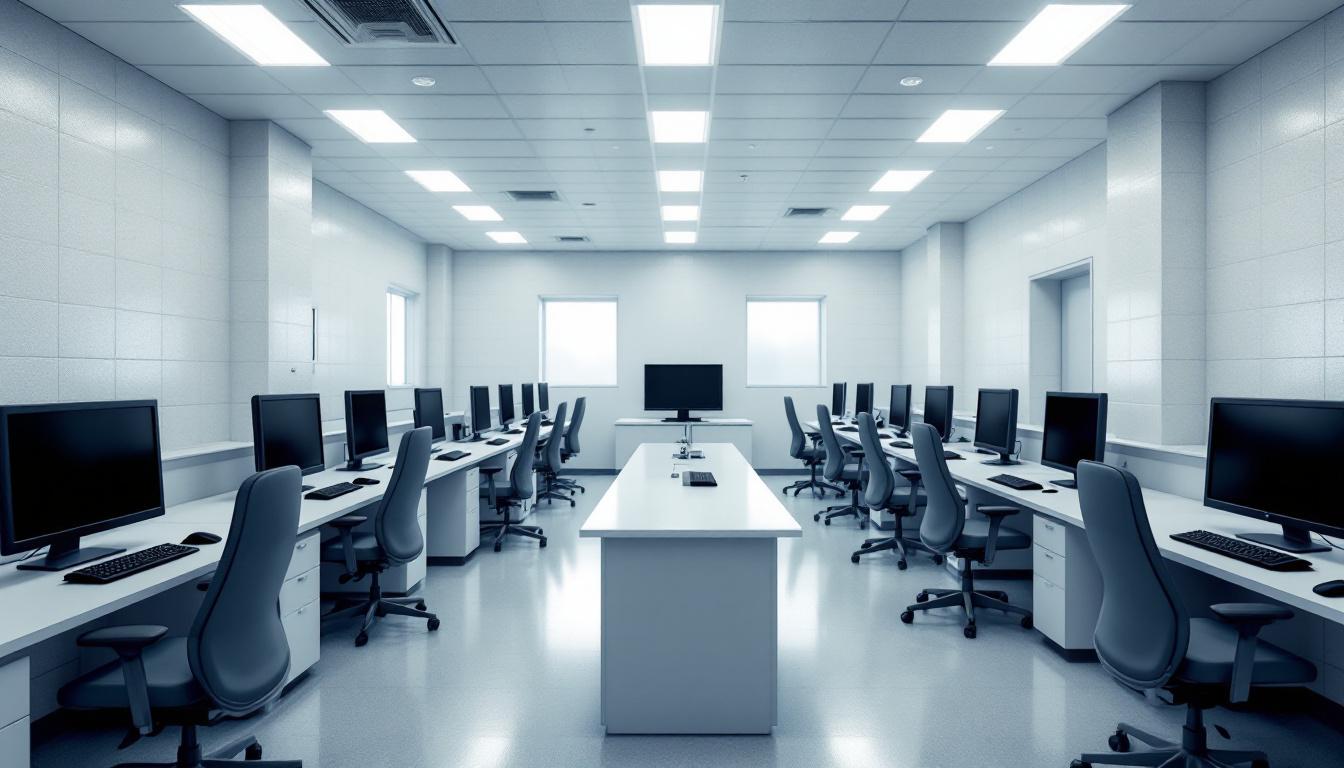
About Wood County Justice Center
Nestled within Bowling Green's civic landscape, Wood County Jail, OH serves as a cornerstone facility dedicated to supporting both public safety and meaningful pathways toward community reintegration. This OH correctional facility operates with a service-oriented philosophy that recognizes incarceration as an opportunity to address underlying challenges while preparing residents for successful return to their neighborhoods throughout Wood County and beyond.
The facility typically emphasizes connecting residents with educational opportunities and skill-building programs that may include vocational training, substance abuse counseling, and mental health services. Through collaboration with local community organizations and regional service providers common throughout the Midwest, Wood County Jail often facilitates access to resources that extend beyond the facility walls. These partnerships generally focus on creating continuity of care, helping residents maintain connections to support systems that can sustain positive changes long after release.
Central to the facility's community-centered approach is recognition that effective rehabilitation requires ongoing collaboration between correctional staff, residents, families, and Bowling Green area organizations. The county jail typically offers residents services designed to address individual needs while building practical skills for employment, housing stability, and healthy relationships. This comprehensive framework reflects the facility's commitment to serving not just as a place of accountability, but as a bridge connecting residents to the resources and support networks that strengthen communities throughout the region.
Programs & Services
Educational and vocational initiatives form the cornerstone of Wood County Jail's comprehensive approach to resident development. The facility typically recognizes that meaningful change occurs when individuals gain practical skills and knowledge that directly translate to post-release success. Through carefully structured programming, residents may access opportunities that address both immediate learning needs and long-term career preparation, creating a foundation for sustainable reintegration into their communities.
The educational component often includes basic literacy programs, GED preparation courses, and computer skills training designed to bridge knowledge gaps that may have contributed to past challenges. Moreover, vocational initiatives may deliver hands-on job training in areas such as construction, food service, and manufacturing, providing residents with marketable skills upon release. These programs typically emphasize practical application, allowing participants to build confidence while developing competencies that employers actively seek in the current job market.
Support services complement the educational and vocational offerings through recovery services that address underlying issues contributing to criminal behavior. Peer support groups may provide residents with opportunities to share experiences and develop healthy coping strategies in a structured environment. Additionally, therapeutic initiatives often include arts and crafts programs that promote creative expression and stress reduction, printing workshops that teach valuable technical skills, and conflict resolution training that equips residents with essential interpersonal tools. These diverse support services typically work together to address the whole person, recognizing that successful reentry requires both practical skills and emotional wellness.
Daily Life & Visitation
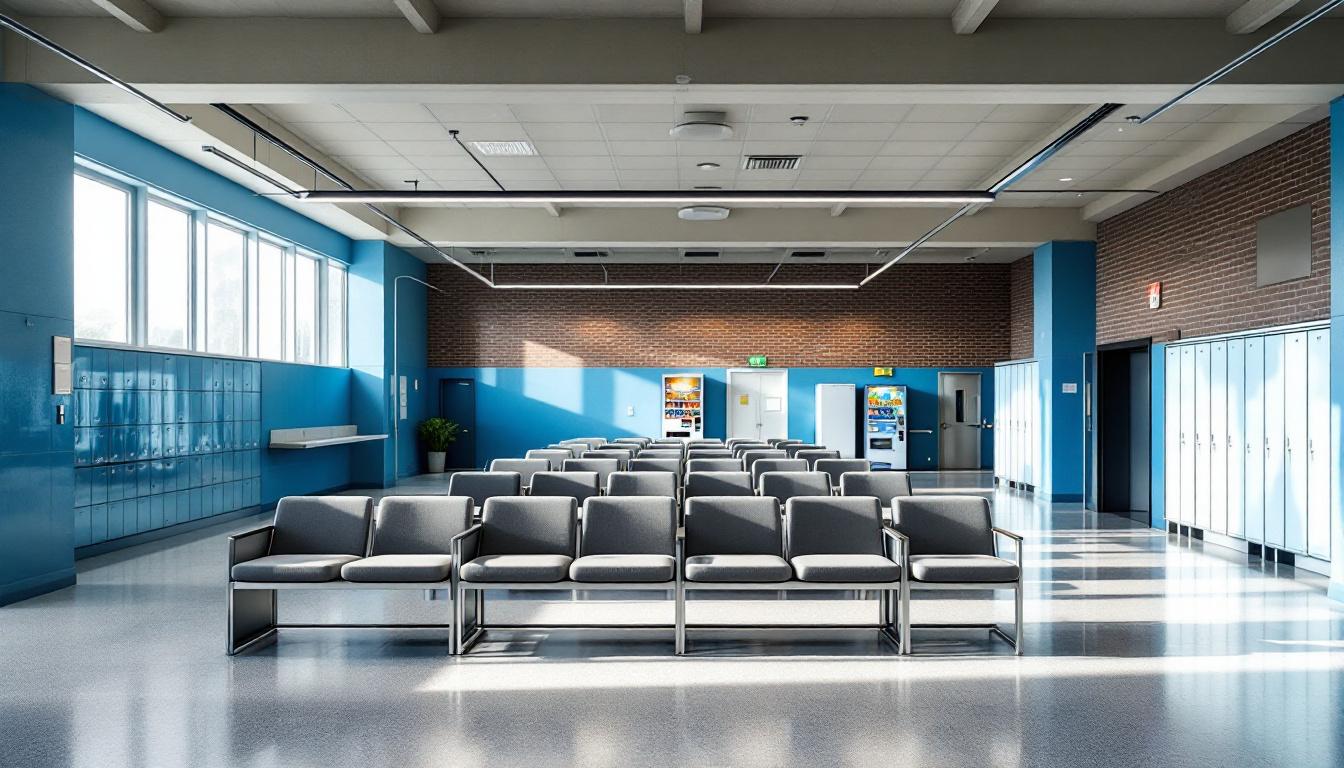
Structure currently governs every aspect of daily operations, with carefully planned schedules that continue to provide residents with predictable routines throughout their stay. Morning activities typically begin early with headcount procedures, followed by meal service and assigned responsibilities. The day generally unfolds with designated periods for various activities, work assignments, and personal time. This consistent framework helps residents adapt to institutional life while maintaining a sense of order and purpose.
Living accommodations at the facility typically house residents in dormitory-style units or individual cells, depending on classification levels and available space. Residents usually receive basic necessities including bedding, hygiene items, and institutional clothing. Meals are generally served at scheduled times in designated dining areas, with menus that meet nutritional standards and accommodate dietary restrictions when possible. Moreover, the facility typically operates a commissary system where residents may purchase additional food items, personal care products, and other approved goods using funds from their accounts.
Structured programming schedules often deliver educational opportunities, religious services, and recreational activities designed to promote positive engagement. Exercise periods usually include access to outdoor recreation areas or indoor fitness facilities, while library services may provide reading materials and educational resources. Whereas some residents participate in work assignments such as kitchen duties, laundry services, or facility maintenance, others engage in vocational training or educational programs. Family connections remain important through scheduled visitation periods and telephone privileges, helping residents maintain relationships with loved ones during their stay. Communication options typically include video calling systems and written correspondence, though these services generally operate within established security guidelines and scheduling parameters.
Ready to Connect?
Start communicating with your loved one today
Search for an Inmate
